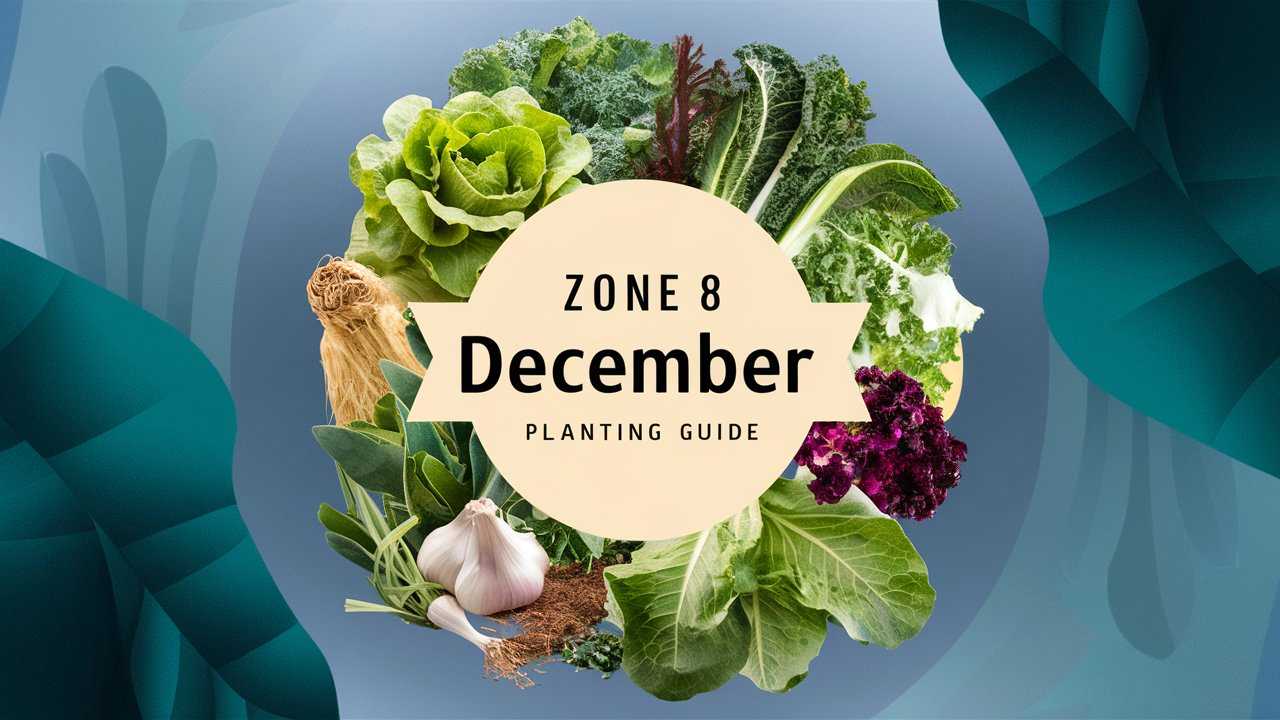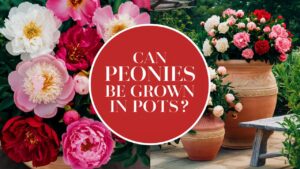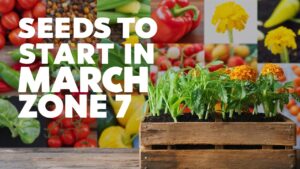As winter begins to settle in, gardeners in USDA Planting Zone 8 have a unique opportunity during December to cultivate a beautiful and productive garden. This region is characterized by mild winters and a longer growing season, which means you can grow a wide variety of vegetables, herbs, and flowers throughout the year.
In this comprehensive guide, we will explore December planting in Zone 8, including what to plant, harvesting tips, essential gardening practices, and effective plant care strategies for the winter months.
Understanding the Regional Climates

USDA Planting Zone 8 encompasses various regions across the United States, including parts of the southeastern U.S., southern California, and areas along the Gulf Coast. The climate in this zone is generally characterized by mild winters, with average minimum temperatures ranging from 10°F to 20°F (-12°C to -6°C). This enables plants to thrive with a longer growing season compared to northern zones.
In December, the weather may vary, with some areas experiencing light frost, while others enjoy optimal planting conditions. The key to successful gardening in Zone 8 during this month is understanding the local climate and preparing adequately for the cooler temperatures. Proper selection of hardy plants will ensure a bountiful harvest and flourishing garden.
Vegetables
Let’s delve into the best vegetables to plant in December in Zone 8.
1. Broccoli
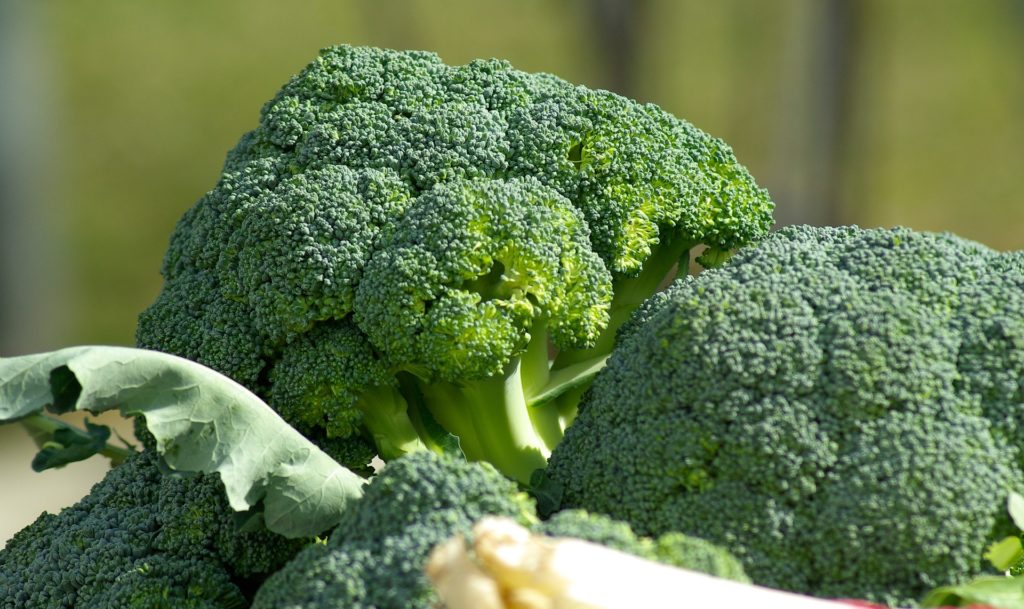
Broccoli is a nutritious vegetable that thrives in cooler temperatures. When planting this crop in December, choose varieties that are specifically bred for winter cultivation. Plant seeds directly in the ground or transplant young plants. With proper care, you can expect a tasty harvest in early spring.
2. Brussels Sprouts
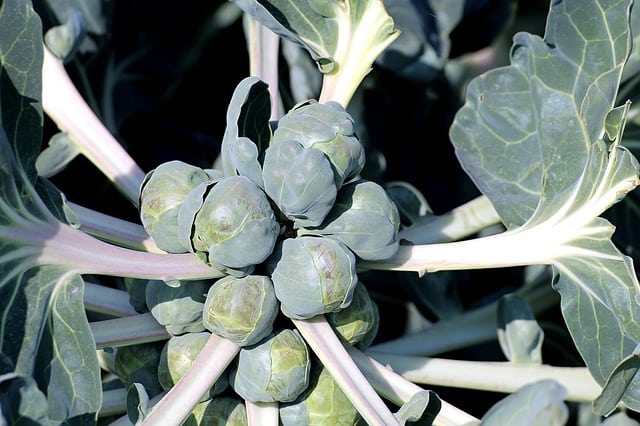
Brussels sprouts are another fantastic choice for December planting. The cool weather helps improve their flavor, and they are hardy enough to withstand frost. Ensure adequate spacing for growth and allow them to mature fully before harvesting.
3. Cabbage
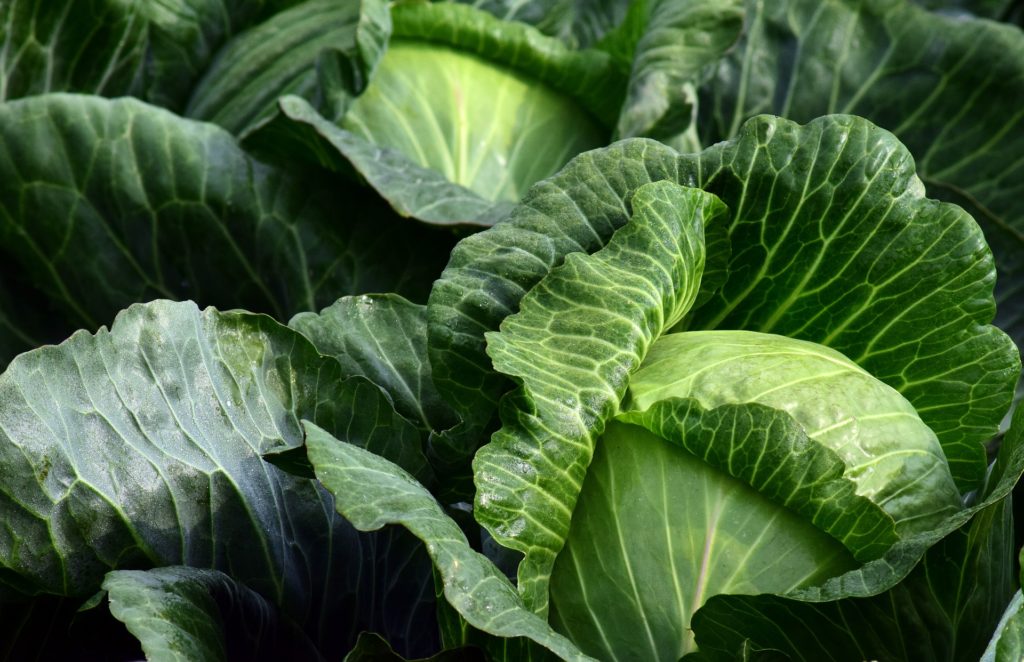
Cabbage is versatile and can be sown as seeds or transplanted as seedlings. It’s a great addition to your winter garden, producing a solid harvest in late winter or early spring. Look for winter-hardy varieties to ensure success.
4. Carrots
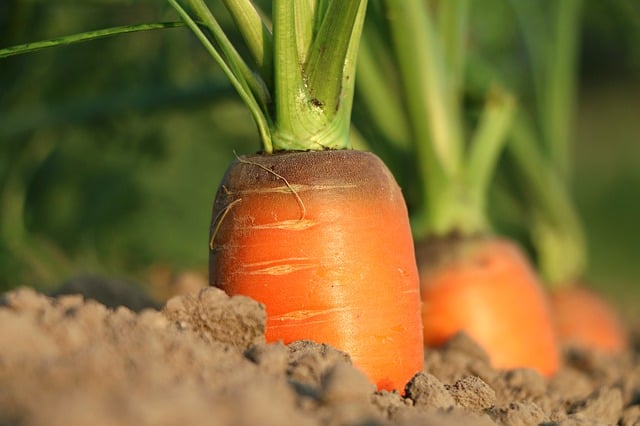
Carrots thrive in colder weather, making them ideal for December planting. Seed them directly into well-prepared soil, and consider mulching to help retain moisture and warmth.
5. Cauliflower
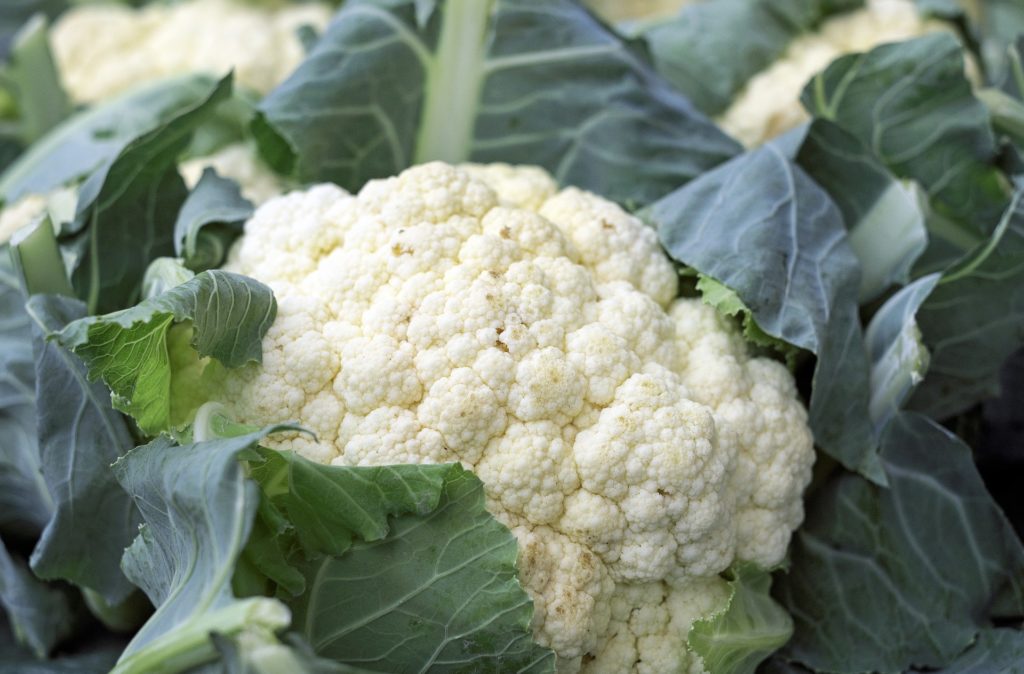
Similar to broccoli and cabbage, cauliflower prefers the cooler months. Plant it now, and with some patience, you’ll enjoy homegrown cauliflower heads in the spring.
6. Kale
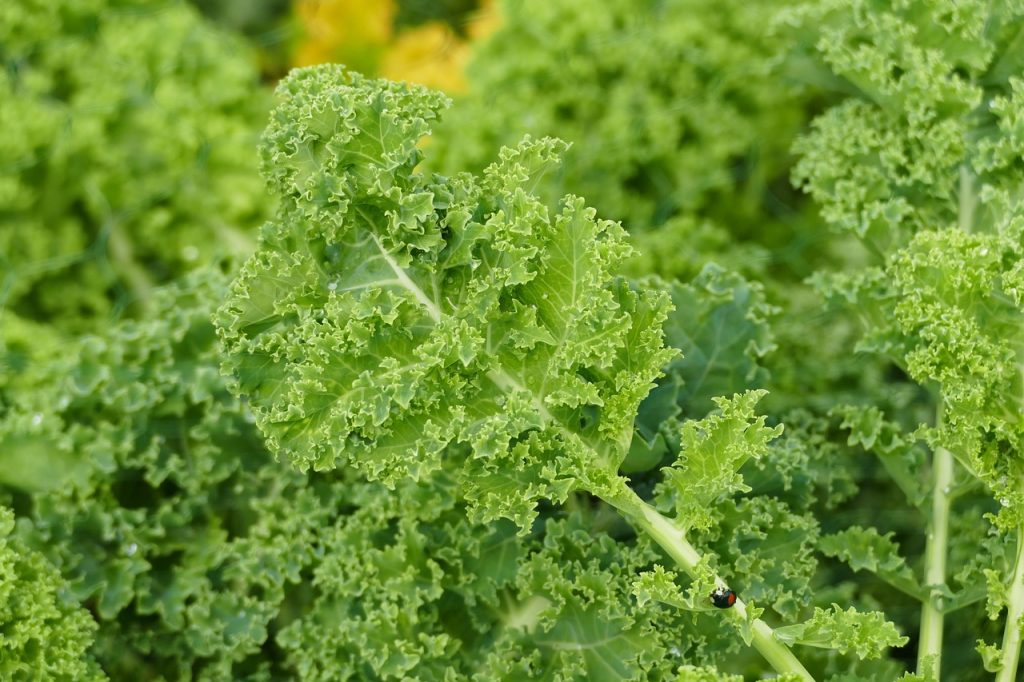
Kale is another leafy green that loves the cold. It’s not only resilient but becomes sweeter after frost. Grow different varieties for a mix of textures and flavors.
7. Lettuce
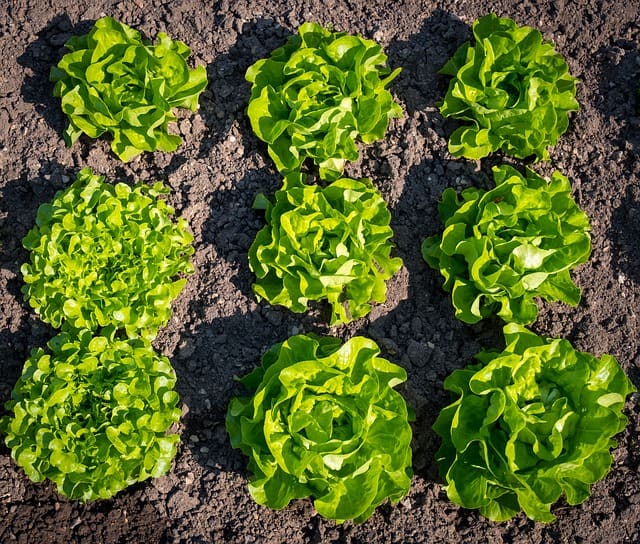
Lettuce is perfect for winter gardens, especially varieties that are bolt-resistant. Plant them in rows, and consider planting them in a cold frame for protection against harsh weather.
8. Onions

December is a great time to plant onion sets or seedlings. These alliums will thrive in the cooler temperature and develop into robust bulbs by spring.
9. Peas
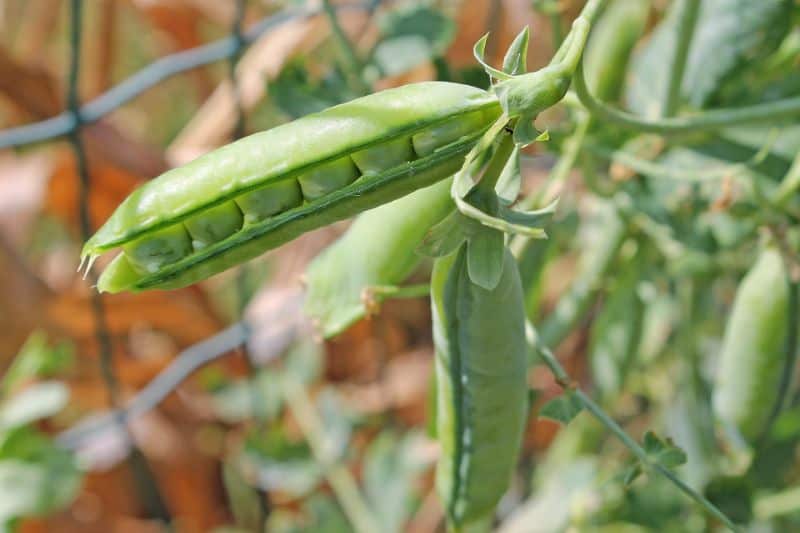
Peas can be planted in December; they thrive in cooler weather and will emerge as soon as temperatures start to rise in the spring.
10. Potatoes
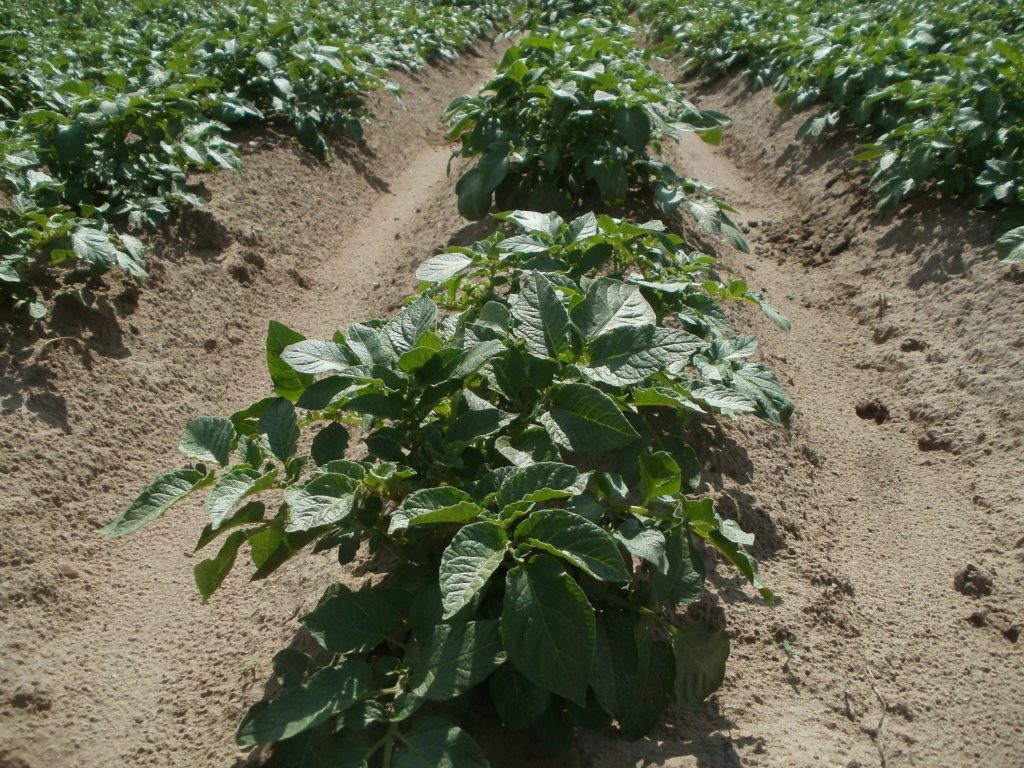
If soil preparation is done properly, you can plant early varieties of potatoes in December. They require a bit more care but can yield fruitful harvests.
11. Radishes
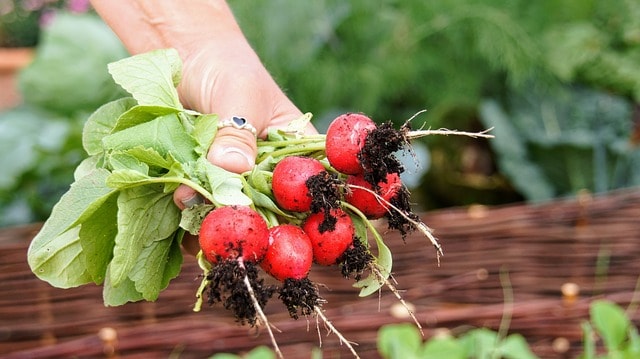
Radishes grow quickly and can be sown in December. They are quick to germinate and can be harvested in a matter of weeks.
12. Spinach
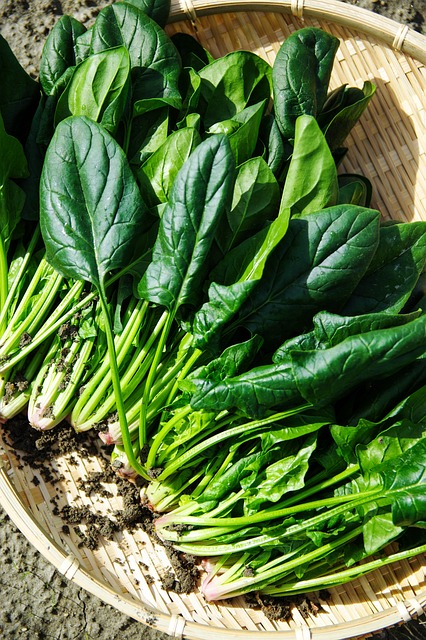
Spinach is one of the most resilient vegetables for winter growing. Direct-seed in your garden, and it will bolt as temperatures rise in the spring.
13. Tomatoes
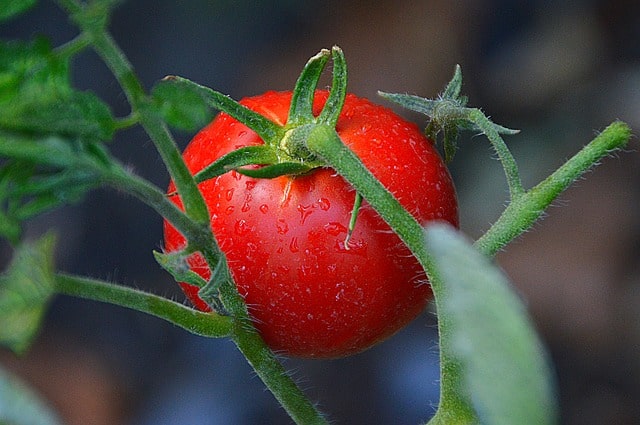
While tomatoes are typically spring and summer crops, in warmer areas of Zone 8, you can start tomato seeds indoors in December for transplanting in the spring.
Herbs
Herbs can be planted in December in Zone 8, either directly in the garden or in containers.
1. Basil
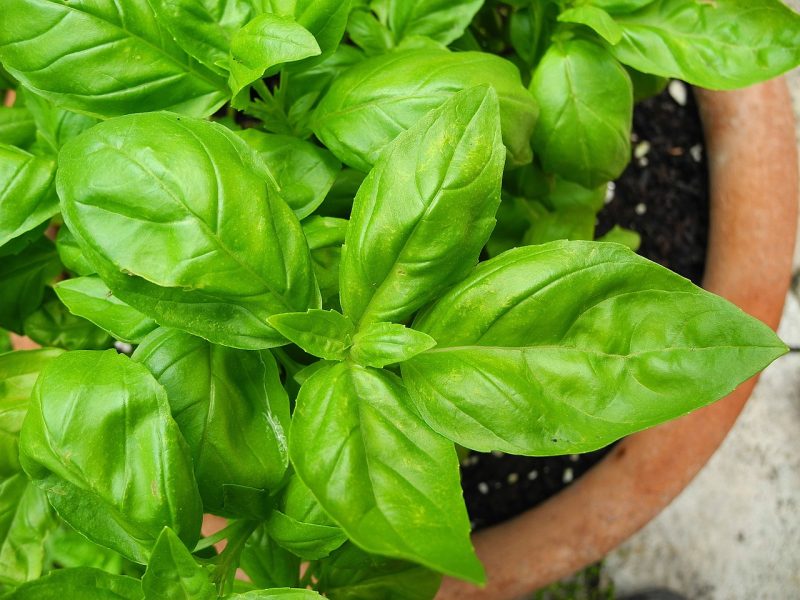
Basil is a warm-weather herb but can be started indoors if you wish to have fresh leaves in the spring.
2. Chives
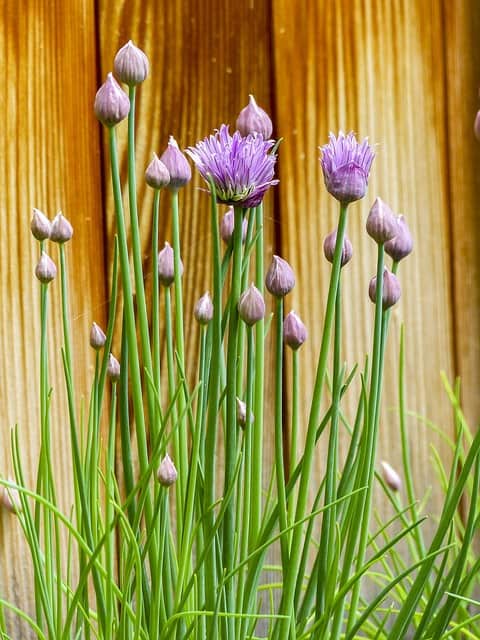
Chives are hardy and can withstand colder temperatures. Plant these perennial herbs for a fresh addition to your cooking.
3. Cilantro
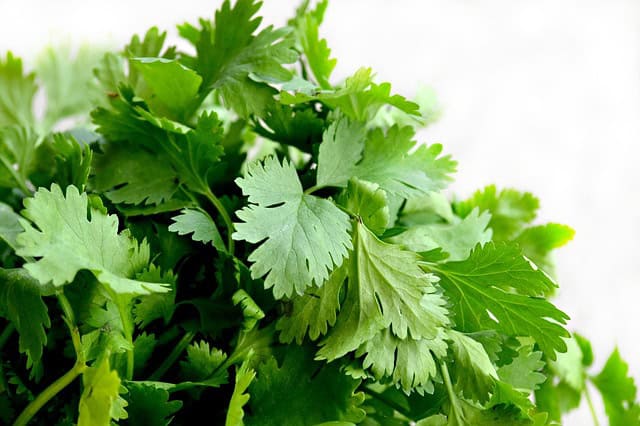
Cilantro thrives in cooler weather, and planting it now will yield fresh leaves in a matter of weeks.
4. Dill
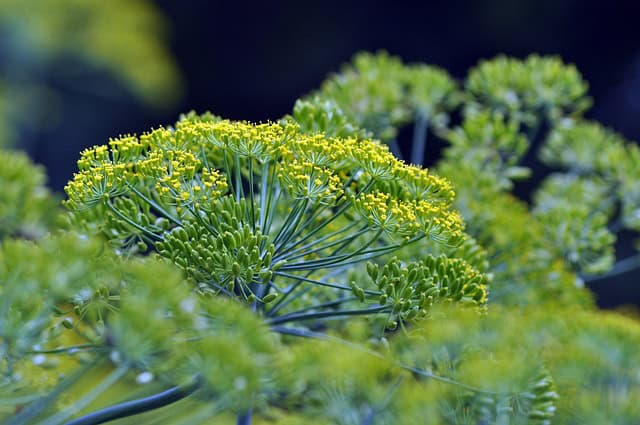
Dill can also be grown in December, making it an excellent herb for winter salads and dishes.
5. Mint

Mint is hardy and can be grown during winter in containers outside or even indoors near a sunny window.
6. Oregano
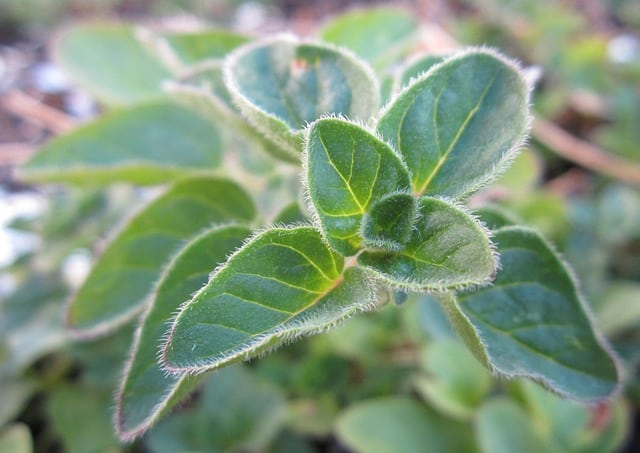
Oregano is another perennial herb that can withstand the cold. It is low maintenance and provides a delicious flavor to various dishes
7. Parsley

Parsley is a biennial herb that can endure cool temperatures, making it suitable for December planting. This versatile herb can be used as a garnish or an ingredient in numerous recipes.
8. Rosemary
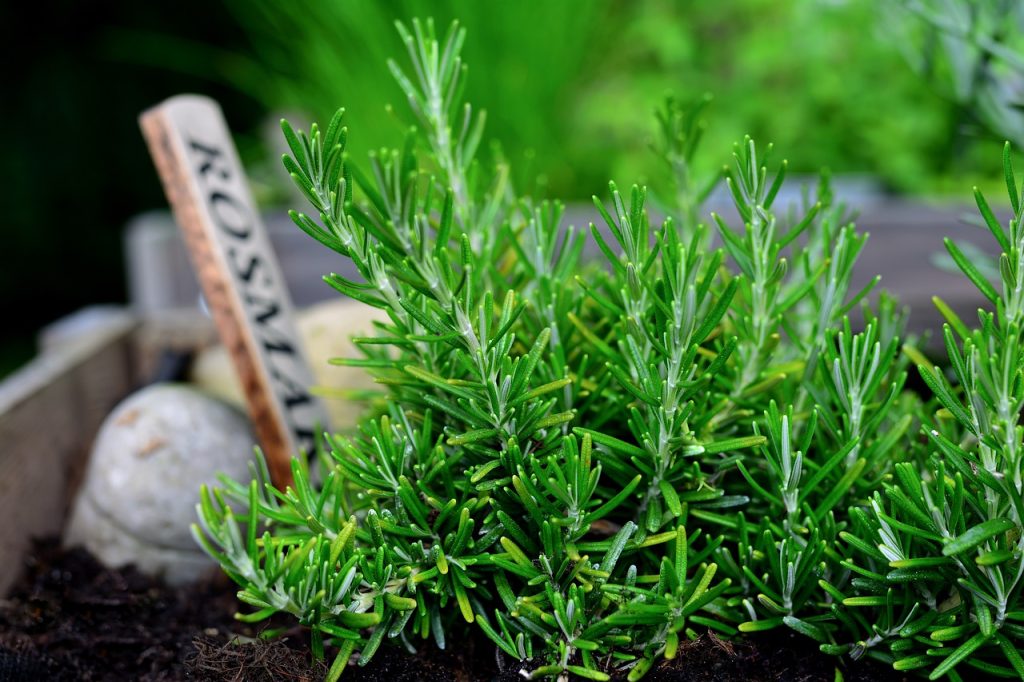
Rosemary is a robust herb that can flourish in well-drained soil. In Zone 8, this herb can be planted in December and will continue to provide aromatic leaves during mild winters.
9. Sage
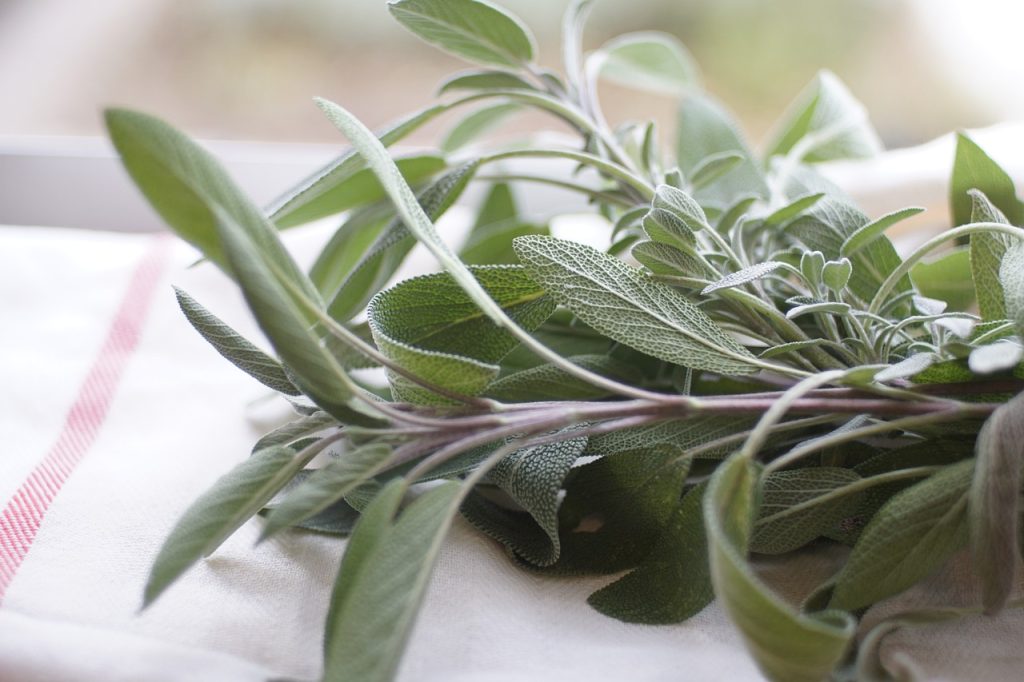
Sage is a hardy perennial herb that will survive winter months. Plant it now and it will thrive and provide flavor in your dishes for years to come.
10. Thyme
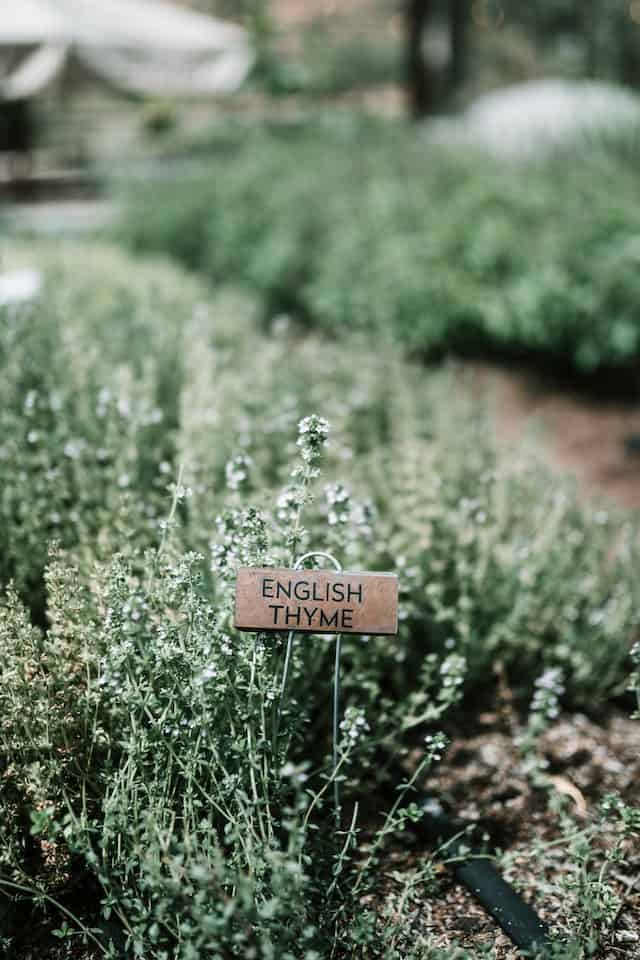
Thyme is another excellent herb for colder weather. Its resilience means that even if the frost lightly touches its leaves, it will bounce back, providing you with fresh herbs all winter long.
Flowers
In addition to vegetables and herbs, December is an excellent time to plant a variety of flowers in Zone 8:
1. Azaleas
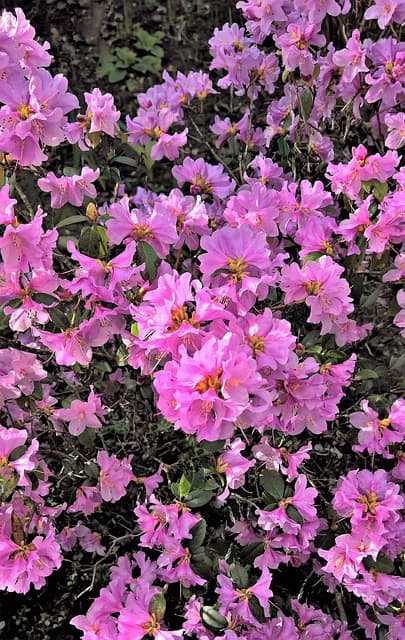
Azaleas are beautiful flowering shrubs that provide color during the winter months. Plant them in well-draining, acidic soil for the best results.
2. Begonias
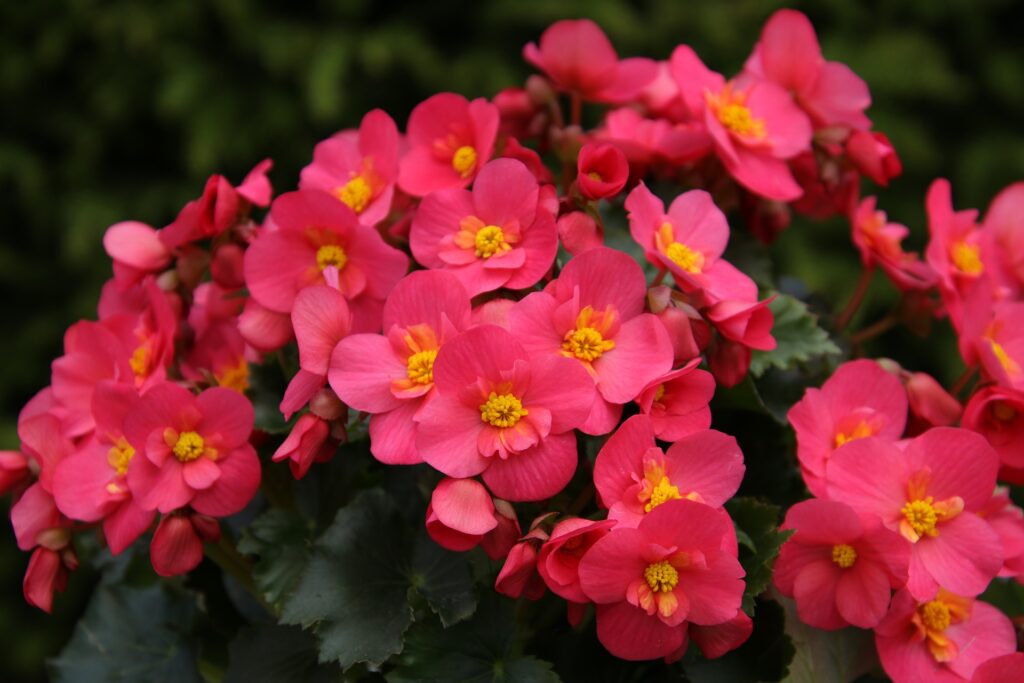
Begonias are perfect for adding color to winter gardens, especially in protected areas. These can be planted in pots or directly into the ground.
3. Camellias

Camellias bloom in winter and spring, providing stunning flowers in shades of pink, white, and red. They thrive in partial shade and well-drained soil.
4. Daisies

Daisies can add charm to your winter garden. There are many varieties, and they generally prefer full sun and well-drained soil conditions.
5. Geraniums
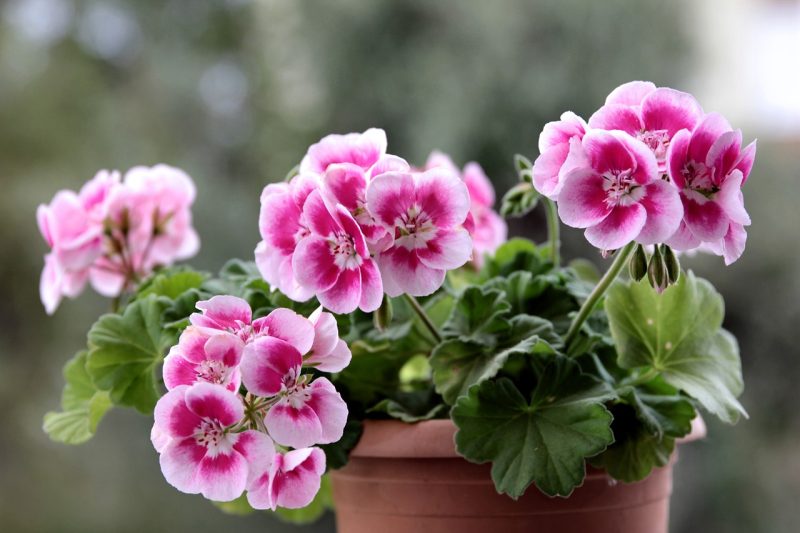
Geraniums are resilient flowers that can be grown indoors or out. They are often used for pots and hanging baskets and provide vibrant colors.
6. Hibiscus

While hibiscus prefers warmer climates, some varieties thrive in Zone 8 and can be planted now for beautiful blooms in spring and summer.
7. Impatiens
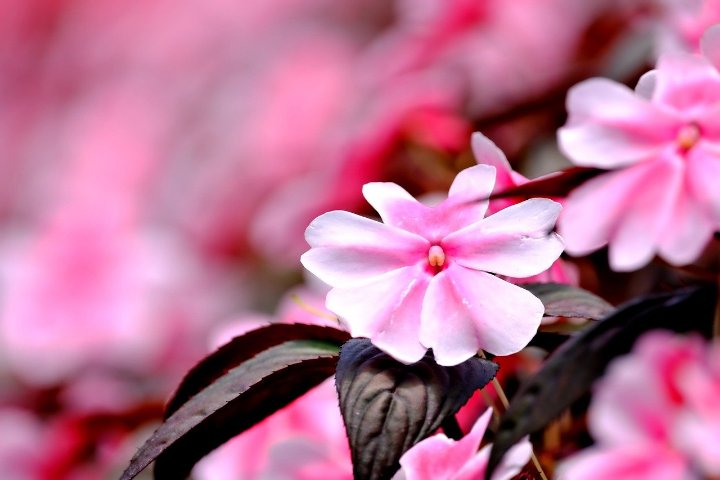
Impatiens are shade-loving flowers that you can plant in December, especially in containers, where they can flourish until spring.
8. Lantanas
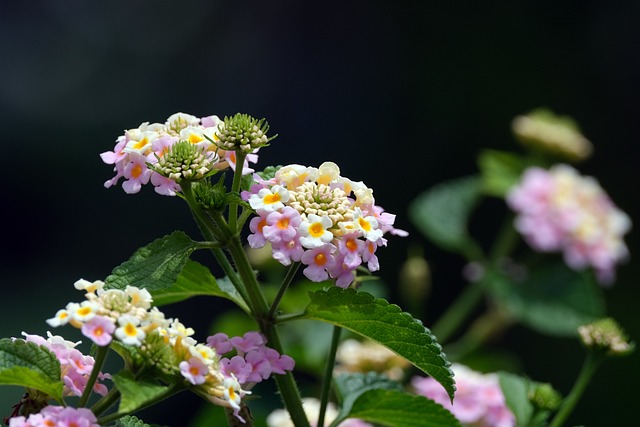
Lantanas are hardy flowering plants that bloom from spring through fall. In mild areas of Zone 8, they can also be planted in December.
9. Roses

Roses can be planted in December while they are dormant. Choose varieties suited for your local climate, and with proper care, they will bloom beautifully in spring.
10. Verbena
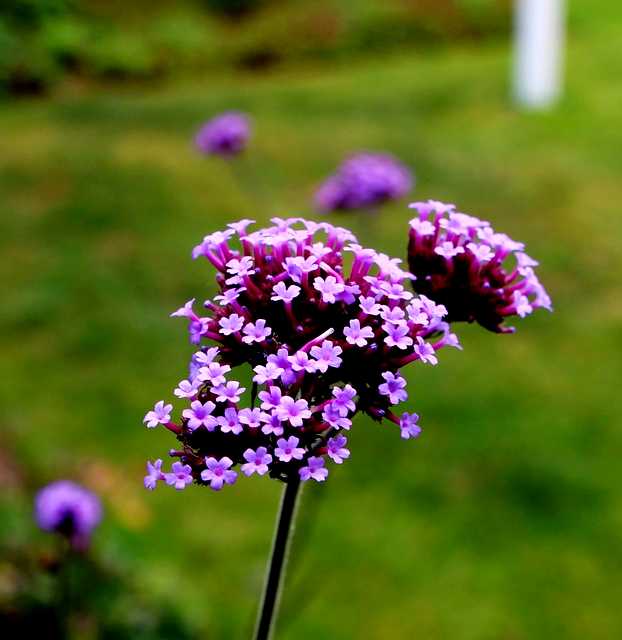
Verbena is an excellent choice for continuous blooms. Planting these in December can allow them to establish themselves before warmer months.
11. Pansies
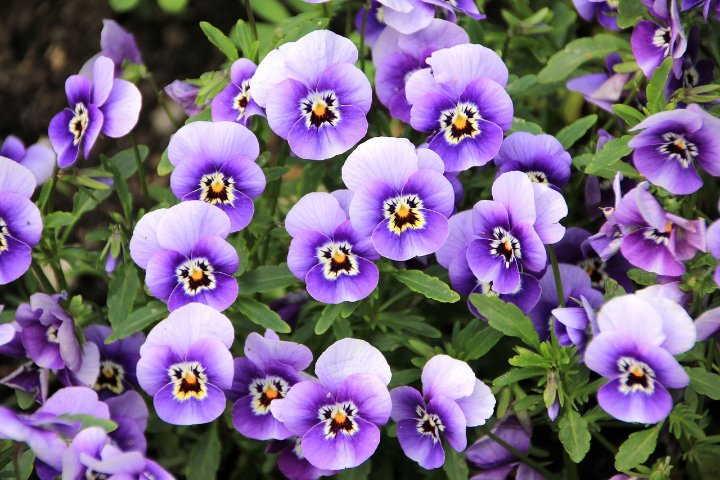
Pansies are well-known for their winter hardiness and vibrant flowers. Plant pansies in early December for a stunning display of color throughout the winter.
12. Petunias
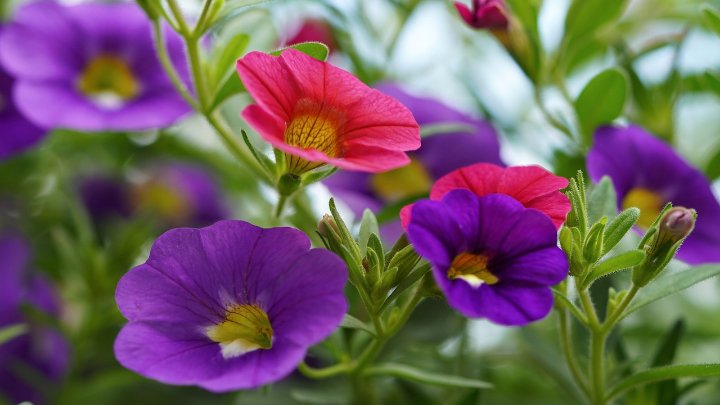
Petunias can be started early indoors or in a greenhouse during December. They are typically planted outside once the frost danger has passed.
Harvesting
In December, many cool-season crops are mature and ready for harvesting:
Kale: Harvest leaves as needed; the flavor improves after a light frost.
Brussels Sprouts: These can be harvested from the bottom up as they mature.
Leeks: Once at least 1 inch in diameter, leeks can be harvested as needed.
Winter Cabbage: Harvest cabbage heads as they reach full size.
Parsnips: These can be left in the ground to improve flavor, but can also be harvested whenever needed.
Essential Gardening Tips for Winter
As we enter the colder months, here are some critical gardening practices to ensure your plants thrive through December and beyond:
Soil Preparation and Mulching
Soil preparation is crucial for your garden in winter. Make sure to amend your soil with organic matter such as compost to enhance its structure and nutrient content. After planting, apply a thick layer of mulch to help regulate soil temperature, retain moisture, and suppress weed growth. Mulch can also protect the roots of tender plants from frost.
Watering Strategies During Winter Rains
In December, the frequency of watering may reduce due to rainfall, but you should monitor your garden’s moisture levels. Ensuring that the soil remains moist but not soggy is vital, as roots still need oxygen even during winter months. If heavy rains occur, ensuring proper drainage and avoiding waterlogged areas will prevent root rot.
Protecting Plants from Cold Weather
Temperature fluctuations can be a concern in December. Use row covers, frost cloths, or blankets to protect sensitive plants during unexpected cold snaps. Snugging your plants with protective materials will help trap warmth and shield them from frost damage.
Planting and Maintenance
In addition to planting during December, some essential maintenance practices can enhance your garden’s health and productivity.
Starting Seeds and Transplanting
In addition to planting directly in your garden, December is an excellent time to start seeds indoors. This is particularly effective for warm-weather crops like tomatoes and peppers that will be transplanted outdoors later in the spring. Use seed-starting trays or pots with a high-quality potting mix to give your seeds the best chance of germination. Providing adequate light—either with grow lights or by placing them in a warm, sunny location—will ensure healthy, strong seedlings.
When it’s time to transplant seedlings outdoors (typically in late winter to early spring), acclimate them first to their new environment. This process, known as hardening off, involves gradually exposing your seedlings to outdoor conditions over the course of a week. Start by placing them outside for a few hours each day, gradually increasing their exposure to sunlight and wind.
Pruning and Managing Weeds
Winter is a good time to assess your garden and perform necessary pruning, especially on trees and shrubs. Pruning helps promote healthy growth for the coming season by removing dead or diseased wood and allowing more sunlight and air circulation through the plant. For fruit trees, this is particularly crucial as it encourages better fruiting in the spring.
Despite colder weather, weeds can still be a nuisance. Regularly check your garden beds for any invasive plants and remove them as needed. You can also apply a layer of mulch to help suppress weed growth during the winter months.
Conclusion
Gardening in December within USDA Planting Zone 8 offers a wonderful opportunity to extend the growing season and enjoy fresh produce, herbs, and beautiful flowers. By understanding the local climate and selecting the right plants, you can create a vibrant and flourishing garden throughout winter.
From vegetables like kale, Brussels sprouts, and carrots to herbs like parsley and rosemary, and a wide variety of vibrant flowers, December planting allows you to make the most of your gardening efforts. Remember to engage in careful soil preparation, monitor moisture, protect your plants from the cold, and perform necessary maintenance tasks.
With the right strategies, you can cultivate a thriving garden that brings beauty and sustenance throughout the winter months and into the spring. So grab your tools, plan your garden, and enjoy the process of growing during this unique and rewarding time of the year!


